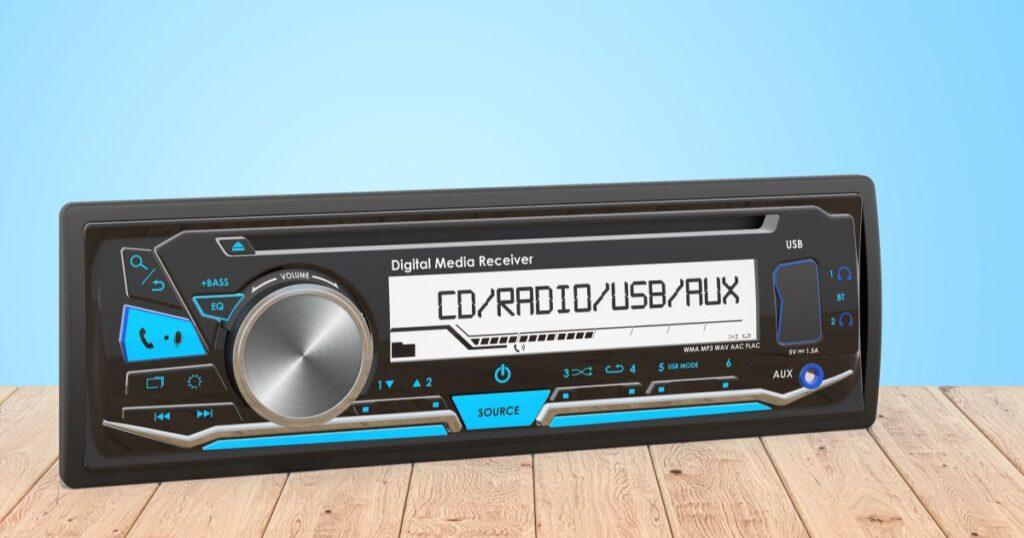Introduction
I certainly have usually been inquisitive about the digital receiver era and the way it complements our functionality to talk in current-day global. This generation has ended up a cornerstone of present-day telecommunications, appreciably enhancing how we get hold of and procedure statistics.
From satellite TV for pc tv for pc communications and digital broadcasting to cell networks, digital receivers facilitate seamless and green data transmission. As I delve deeper into the digital age, I recognize the importance of information the intricacies of virtual receivers, their applications, and their implications.
Key Takeaways
- Digital receiver technology is vital for cutting-edge telecommunications, enhancing conversation readability and performance.
- Key additives encompass antennas, tuners, ADCs, and signal processors, which work together for fantastic reception.
- Applications span telecommunications, broadcasting, satellite communique, and IoT gadgets.
- While virtual receivers provide many benefits, challenges consisting of complexity, sign interference, and standardization persist.
- The future looks promising with AI and system learning, for you to further optimize virtual receiver performance.
The Evolution of Digital Receiver Technology
Digital receivers convert incoming signs right into a digital format, which allows for superior accuracy and resistance to interference as compared to traditional analog structures. Recently, I have determined upgrades like software program-described radios (SDRs) and superior digital signal processing (DSP) which have transformed how I make use of receivers.
This era allows flexibility in communication protocols and adapts to various sign situations, making them important for the deployment of 5G networks and IoT programs.
Key Components of Digital Receivers
To recognize how virtual receivers’ artwork, I find it useful to understand their middle components:
| Component | Function |
|---|---|
| Antenna | Captures incoming signals. |
| Tuner | Selects the desired frequency from the incoming signals. |
| Analog-to-digital converter (ADC) | Converts analog signals into a digital format. |
| Signal Processor | Analyzes and processes the digital data for output. |
These components work together to ensure high-quality signal reception, facilitating everything from streaming high-definition video to enabling reliable mobile communications.
Applications of Digital Receiver Technology
The digital receiver era performs an important position in numerous sectors that I frequently come upon:
- Telecommunications: I see virtual receivers as important in cellular networks, allowing clear voice calls and speedy information transfer. The rollout of 5G networks heavily is predicated on superior receiver technology to guide high-speed connectivity and coffee latency.
- Broadcasting: Digital TV and radio broadcasting leverage virtual receivers to offer superior audio and visual fine. Features like electronic application publications and a couple of channel offerings enhance consumer revel.
- Satellite Communication: I discovered that digital receivers are essential for satellite-based total services, including GPS navigation and climate monitoring. They ensure correct facts transmission and reception in real-time.
- IoT Devices: As I study the Internet of Things, I see that digital receivers are quintessential to connecting clever gadgets, making an allowance for seamless communique among various systems.
Advantages of Digital Receivers
Advantages of Digital Receivers
I respect the numerous blessings that digital receivers provide over analog opposite numbers. They offer superior sound and photo fine, decreased signal degradation, and the potential to transmit a couple of channels on an identical frequency.
Additionally, superior capabilities like digital compression and error correction beautify the overall consumer reveal.
Challenges in Digital Receiver Technology
Despite their blessings, I recognize that virtual receiver technology faces several demanding situations. These encompass:
- Complexity: Designing and imposing advanced digital receivers may be useful and resource-intensive, requiring state-of-the-art hardware and software programs.
- Signal Interference: Digital receivers need to take care of multipath interference and fading, which can degrade performance, especially in urban environments.
- Standardization: As new technologies emerge, making sure compatibility throughout distinctive structures stays a sizeable assignment.
The Role of Software in Digital Receivers
I trust that software performs a critical role in optimizing digital receiver overall performance, enabling advanced functionalities that hardware alone can not attain.
Digital sign processing (DSP) algorithms are essential for obligations like demodulation, blunder correction, and adaptive filtering.
Software-defined radios (SDRs) illustrate the significance of software programs in the receiver era, making an allowance for flexibility throughout multiple conversation standards.
Future Trends in Digital Receiver Technology
Looking in advance, I am enthusiastic about the destiny of virtual receiver technology, pushed by way of improvements in synthetic intelligence (AI) and device mastering. These technologies promise to optimize sign processing, decorate adaptability, and enhance overall performance in actual time.
The ongoing evolution of 5G networks and the growing demand for IoT connectivity may even significantly form the destiny landscape of virtual receivers.
FAQs
What is a digital receiver?
A virtual receiver is a tool that converts incoming indicators right into a digital layout for processing, which enhances accuracy and minimizes noise interference.
How do digital receivers range from analog receivers?
Digital receivers use binary records for signal processing, offering better readability and reliability compared to analog receivers that rely on continuous indicators vulnerable to interference.
What are the packages of the digital receiver era?
The digital receiver era is utilized in telecommunications, broadcasting, satellite TV for pc communique, and Internet of Things (IoT) devices, among others.
What demanding situations do digital receivers face?
Key demanding situations consist of layout complexity, signal interference, and the want for standardization as generation evolves.
What is the future of virtual receiver technology?
The future of digital receivers consists of improvements in synthetic intelligence, permitting better sign processing and adaptableness in diverse programs.
Conclusion
In my view, the digital receiver era is essentially reshaping the landscape of verbal exchange. By facilitating clearer connections and allowing revolutionary applications, it performs a pivotal position in our increasingly more interconnected global.
As this generation continues to conform, I accept as true that addressing its demanding situations and embracing emerging traits might be crucial for maximizing its capacity. Understanding and leveraging the digital receiver era is vital for anyone seeking to navigate the complexities of current telecommunications and broadcasting.

